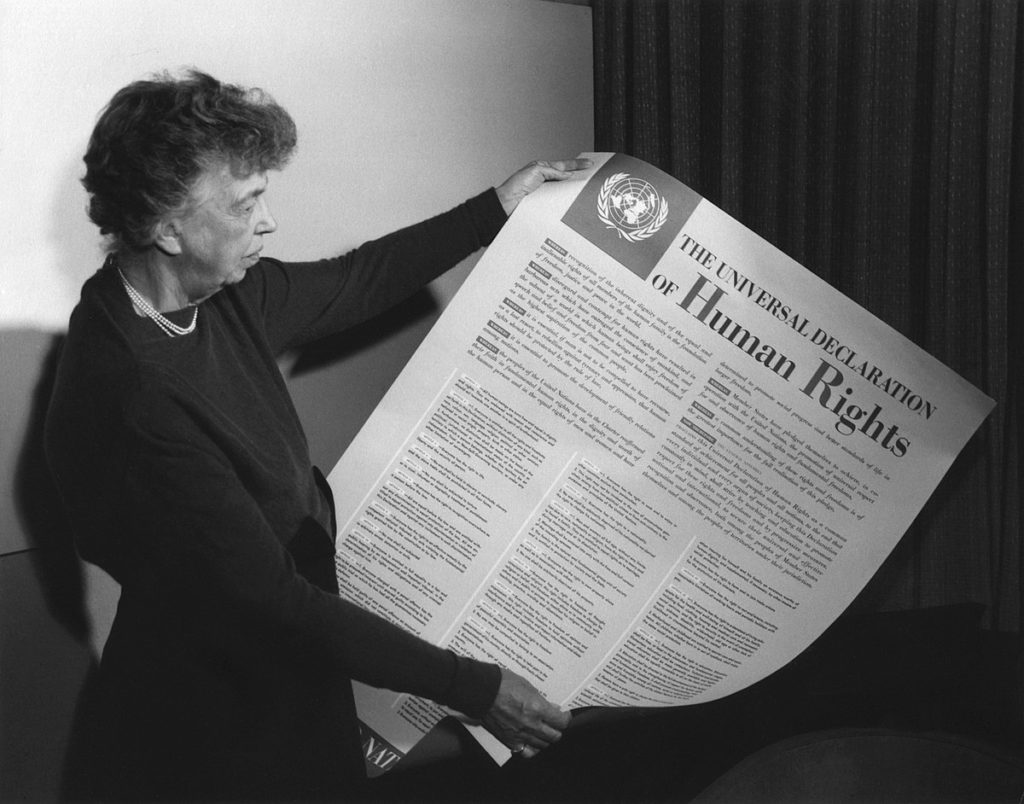
Abstract: Human Rights are rarely discussed in Design, possibly because regulatory work is mostly seen as a border topic or outside the scope. However, Human Rights are not just about Law but also about Ethics, Morality, and Politics, growing topics in the design research agenda. The struggle for Human Rights is now a big thing because the rights granted to every human being are unequally distributed across societies, races, ethnicities, genders, and other human groups. Social movements battle to turn privileges into rights through several means, design activism being one of them. A designed sign in a street protest is an obvious designerly contribution to Human Rights, yet doing design research on Ethics, Morality, and Politics is also a way of fighting. The presenters will show their recent research and education efforts based on one of the most enduring concepts in Human Rights: the master-slave dialectics first described by Georg Hegel. The presenters believe that the concept reveals a fruitful way of reflecting on eventual victories and defeats of doing design research to secure human rights for all.
Video
Presented by Frederick M. C. van Amstel, UTFPR & Fernando Secomandi, TU Delft, in the Victories and Defeats in Ethical Encounters event promoted by the DRS Design Ethics SIG, September 22, 2022.
Audio
Full transcript
This presentation delves into a relatively underexplored area of design research — human rights. Human rights may not seem directly related to our work in the design field, especially since we’re not primarily involved in policymaking. However, we believe that human rights encompass more than just policy; they touch upon culture, ethics, morality, and politics. In recent years, human rights have gained prominence in global discourse.
We aim to initiate a dialogue on the intersection of design and human rights, starting with the basic ways in which design contributes to human rights advocacy. For instance, designers, whether formally trained or not, often create imagery for social movements fighting for sexual liberty, gender equality, an end to racism, and various other causes. These designs symbolize the demands for equal rights for all, not just the privileged few whose rights are already enshrined in policy but also in societal structures.
This aspect of design’s role in advocating for human rights has been explored under the label of “design activism.” However, we want to delve deeper into how design plays a role in human rights struggles. Take, for example, the Universal Declaration of Human Rights, issued by the United Nations after World War II. This document, from a graphic design perspective, reflects modern design thinking and advanced information design techniques. It condenses the entire content into a single, albeit sizable, page. This serves as an initial demonstration of design’s historical involvement in the fight for human rights, even if it appears somewhat superficial.
Expanding our notion of design, we can find other instances where design has played a crucial role in human rights. The term “human rights” itself only gained prominence in the 18th century, particularly during the French Revolution and the Declaration of the Rights of Man and of Citizens, which, from contemporary definitions of graphic and information design, can be seen as a designed piece—a policy document made accessible and ideologically significant.
However, what’s crucial to understand is that this design emerged from a context of struggle. Design, when viewed as a historical process, is intrinsically tied to the human rights struggles of its time. For instance, Haitian people, when they were still part of the French Empire, witnessed the French Revolution and the declaration of those rights. Inspired by these events, they demanded these rights for themselves, even as former slaves. Their struggle eventually led to the Haitian Revolution, a remarkable achievement in abolishing slavery and gaining independence, setting a precedent for many other independence movements in the Americas.
The Haitian Revolution prompted philosophers of the era, such as Georg Hegel, to reflect upon its implications. While the extent of Hegel’s direct influence on the Haitian Revolution is debated, there is some evidence suggesting his interest in the phenomenon. This context leads us to the concept of the master-slave dialectic, which my colleague Fernando Secomandi and I are exploring in the context of design research. While it’s a complex philosophical topic, we are adapting it to the realm of design, specifically in our paper on user oppression. We believe that designers and users can transcend their current roles in design research and human-computer interaction.
In closing, we invite a dialogue: should we advocate for user rights, or should we champion design rights? The answer remains open, and we look forward to discussing it further.

